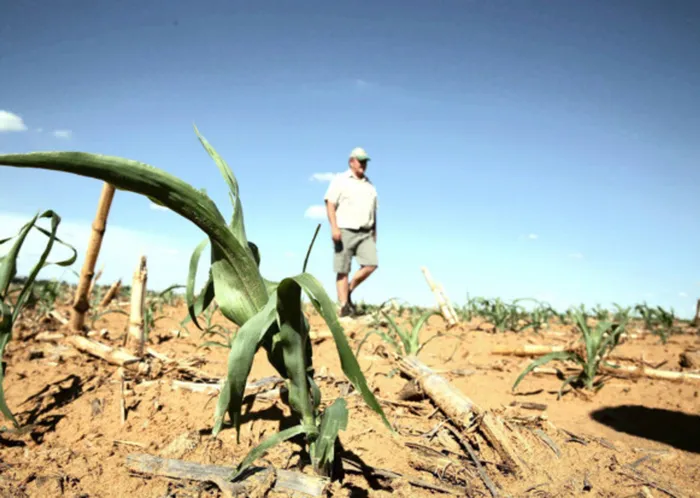Maize crop forecast rises as farmers welcome promising outlook for 2025
AGRICULTURE

Crop Estimates Committee (CEC) in its April 2025 report said the size of the expected commercial maize crop has been set at 14,664 million tons, which is 0.72% or 105,200 tons more than the previous forecast of 14,559 million tons.
Image: Picture: Siphiwe Sibeko / Independent Newspapers.
The Crop Estimates Committee (CEC) has revealed a brighter outlook for South Africa's maize farmers, forecasting a commercial maize crop of 14.664 million tons for 2025.
This represents a significant increase of 0.72%—or 105 200 tons—over the previous estimate of 14.559 million tons.
Farmers and agricultural experts alike are heralding this news as a positive sign for the sector, noting the forecasted crop's 14.12% leap compared to the 2024 harvest, which amounted to 1.814 million tons more.
According to the CEC's findings, the yield is set at 5.65 tons per hectare, with the three primary maize-producing regions—Free State, Mpumalanga, and North West—projected to contribute 81% of the total 2025 crop.
The report breaks down the maize production further, estimating that white maize will account for 7.757 million tons, a gain of 0.80% or 61 500 tons from earlier forecasts, while yellow maize is expected to reach 6.907 million tons, marking a 0.64% or 43 700 tons uplift.
The area sown to maize within the non-commercial agricultural sector has also seen an encouraging increase, reaching 358 000 hectares, which is up by 3.17% from 347 000 hectares last season.
The anticipated crop production in this sector is forecasted at 621 500 tons, an 8.09% improvement compared to 575 000 tons the previous year. The Eastern Cape leads the non-commercial sector's production, contributing 46.75%, while KwaZulu-Natal and Limpopo follow with 20.88% and 20.65%, respectively.
Investment analyst Anthony Clark from Smalltalkdaily Research noted that the upward revision was anticipated as late-planting data continued to pour in amid favourable weather conditions.
“There have been excessive rains in some areas and there is always concern about early frost in some maize belts due to the late planting,” Clark said.
“However, month-on-month the CEC has revised the maize crop +0.72% to 14,664 million tons which is +14.3% higher than 2024. The white maize crop is +28.1% higher (aided by high prices in late-2024 into 2025) with yellow +1.6%.”
Clark added that extreme volatility in SAFEX maize has been the norm for much of the year as the transition between old crop availability and pricing had to be equalised to expectations on the 2025 crop.
“White, as an example, traded as high as R7,000 a ton. Today it is back to R4,519 a ton year-to-date -30.86%. Yellow, having touched R5,750 a ton, is now R4,271 a ton, YTD -20.86%.”
Wandile Sihlobo, chief economist at the Agricultural Business Chamber of SA, said that the farmers were optimistic about the 2025-26 winter crop production season.
“For example, the CEC shows that the 2025-26 winter crop farmers' planting intentions are at 827 970 hectares, up by 1% from the previous season. This comprises wheat, barley, canola, oats, and sweet lupines. A closer look at the major crops shows some minor deviations, with all crop area plantings increasing while barley is falling,” he said.
Sihlobo added that they continue to see encouraging data about South Africa's 2024-25 summer grain and oilseeds production outlook, although the crop quality in some regions may be challenging.
“The Crop Estimates Committee (CEC) forecasts South Africa's 2024-25 summer grain and oilseeds production at 18.01 million tonnes, up 0.05% from March 2025.”
TLU SA general manager, Bennie van Zyl, said that they were grateful for the change in climate.
“In December we were worried about the rain and if we would have any crops this year. However, we have had a lot of rain and while it's been great news it has also created a challenge to harvest crops,” he said.
Van Zyl added that it's good that there is a rise in the predicted yield.
“However, there is hard work for farmers as if crops like soya bean are left too long it will get damaged due to the large amount of rain.”
BUSINESS REPORT